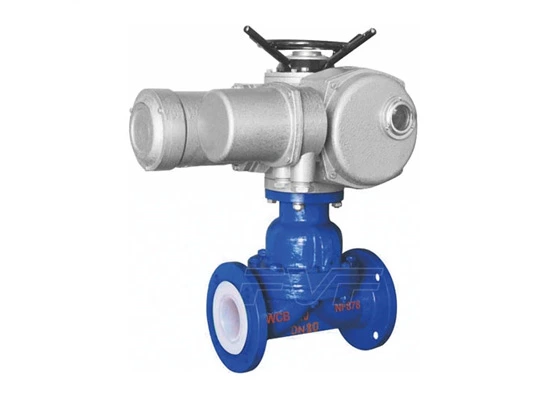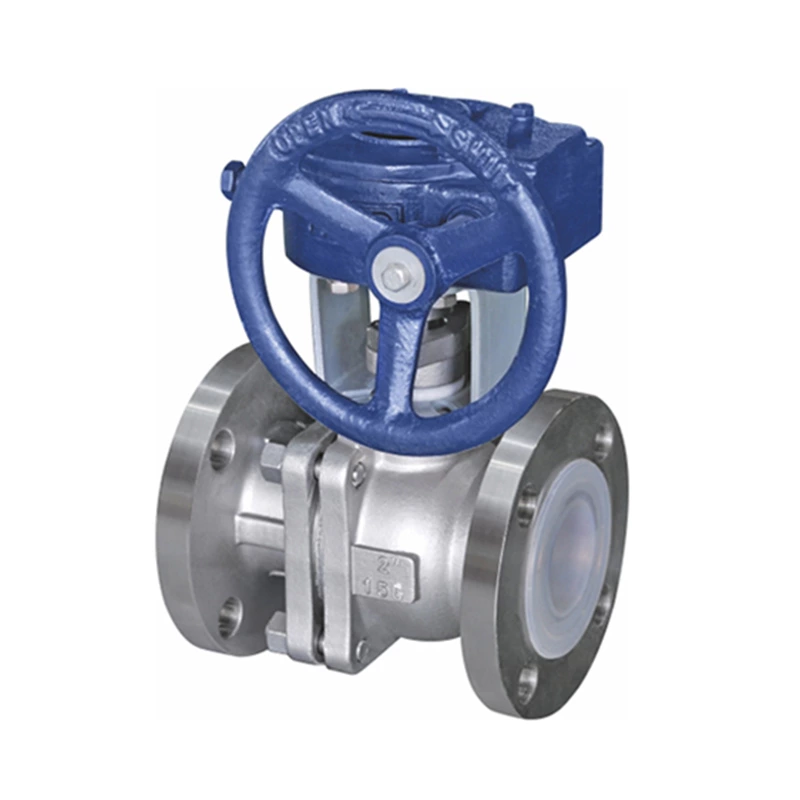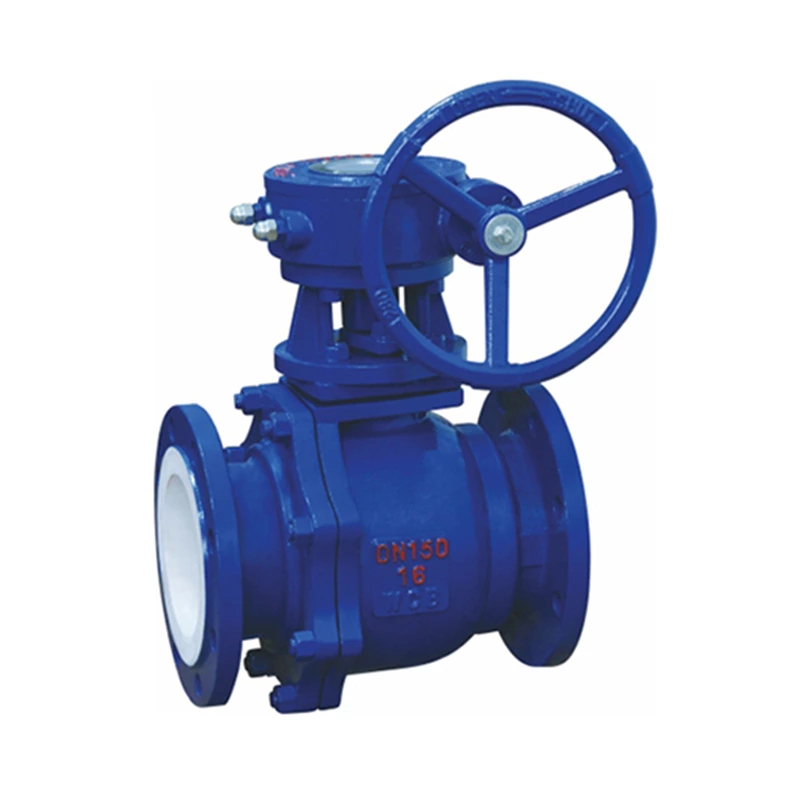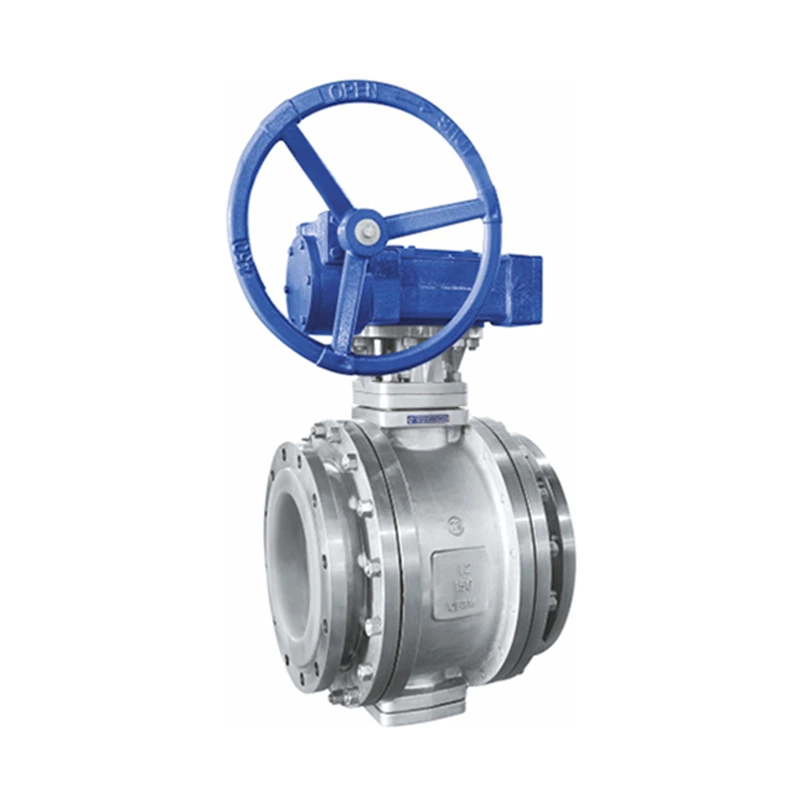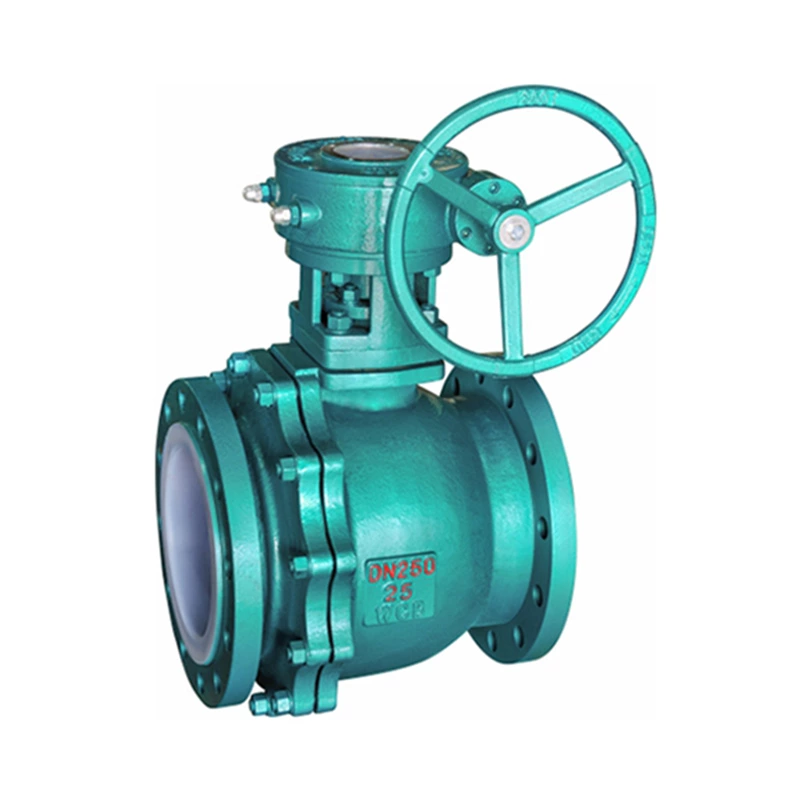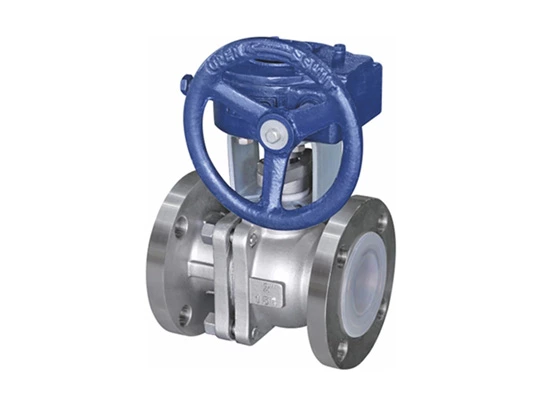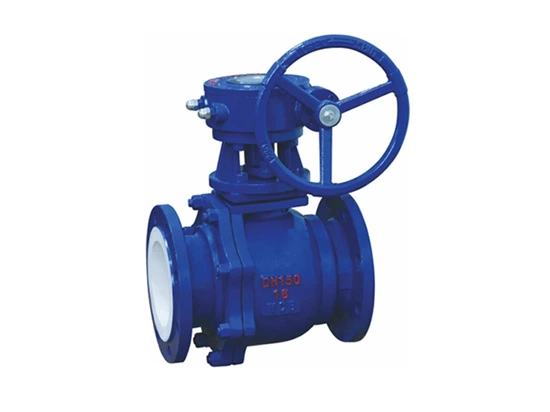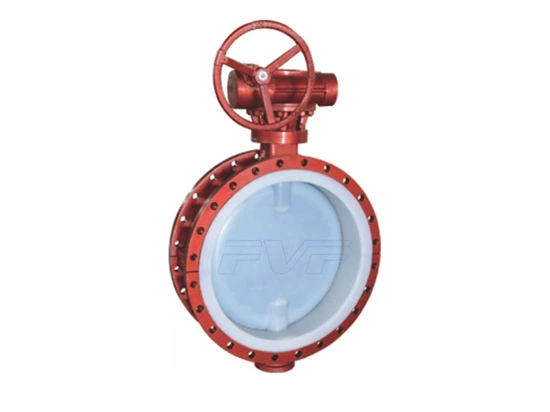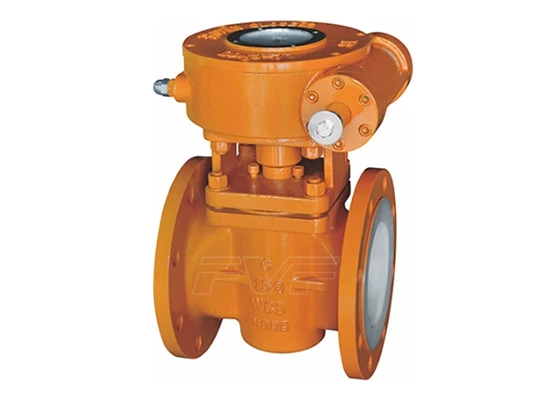Distinguish Between Pneumatic Diaphragm Valve And Electric Diaphragm Valve Based On Working Principle
Lined Diaphragm Valve is a special type of cut-off valve, which appeared in the 1920s. Its opening and closing parts are a diaphragm made of soft material, which separates the inner cavity of the valve body from the inner cavity of the valve cover and the driving components, so it is called a diaphragm valve.
The characteristics of the diaphragm valve are as follows:
The outstanding feature is that the diaphragm separates the inner cavity of the lower valve body from the inner cavity of the upper valve cover, so that the valve stem, valve disc and other parts located above the diaphragm are not corroded by the medium, the packing sealing structure is omitted, and no medium leakage occurs.
1. The diaphragm made of soft seals such as rubber or plastic has good sealing performance. Since the diaphragm is a wearing part, it should be replaced regularly according to the characteristics of the medium.
2. Limited by the diaphragm material, the diaphragm valve is suitable for places with low pressure and relatively low temperature.
3. Diaphragm valves can be divided into six types according to their structure: house type, direct current type, stop type, straight-through type, gate type and right-angle type; the connection method is usually flange connection; according to the driving method, they can be divided into three types: manual, electric and pneumatic. Among them, pneumatic drive is divided into three types: normally open, normally closed and reciprocating.
4. It is generally not suitable for use in pipelines with temperatures above 60 degrees and for conveying organic solvents and strong oxidizing media, nor is it suitable to use pneumatic diaphragm valves in pipelines with higher pressures.
Pneumatic and electric refer to the driving methods of valves.
This is the principle of pneumatic actuators. Simply put, it is to compress gas to make the piston move to drive the valve stem.
Electric simply means using a motor instead of manual operation.
Diaphragm valves are valves used to open or cut off airflow in fluid systems of 1.3×10-5~2.5X106Pa.
Main performance:
Leakage rate: ≤1.3×10-5Pa. L/S
Material: 304, 316L;
Working medium: gas, water, oil;
Working temperature: fluororubber -30℃~+150℃;
Principle and characteristics:
Principle: Use compressed air as the power to drive the transmission screw to make the valve core move up and down, and at the same time pull the diaphragm up and down to close and open it. Characteristics: compact structure, simple, small size, beautiful appearance; the switch has a guide and moves smoothly; small closing torque, long life, ≥300,000 times; the diaphragm can be automatically adjusted when it is pressed, the pressure is evenly distributed, and the seal is reliable; the diaphragm is inserted into the valve core by push-in, which is easy to replace;
Electric diaphragm valve:
This valve consists of a valve body, a valve cover, a valve stem, a valve disc, a diaphragm, an electric device and other driving parts.
The opening and closing of the valve is achieved by the connecting shaft of the electric device driving the valve stem nut, so that when the valve stem moves axially, it drives the valve disc to rise and fall.
When the power supply fails and is interrupted, and the valve needs to be opened and closed urgently, the "manual-electric switching handle" should be switched to the position with the manual mark first, and then the flash gate can be opened and closed by rotating the handwheel. When rotating clockwise, the valve can be closed; otherwise, it will be opened.
When it is necessary to resume electric operation, switch the "switching handle" to the position with the electric mark to stop the electric operation.
